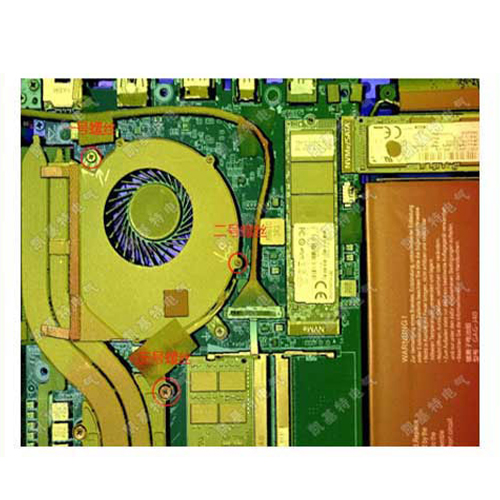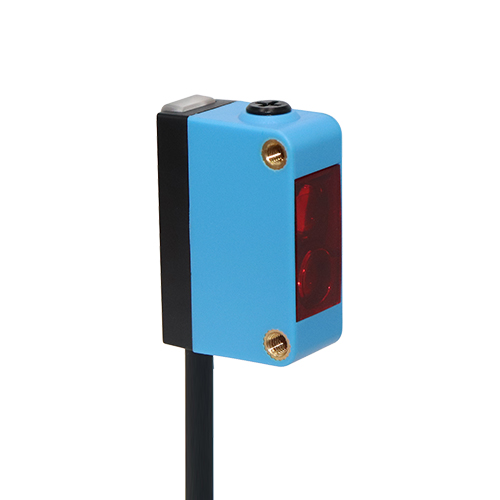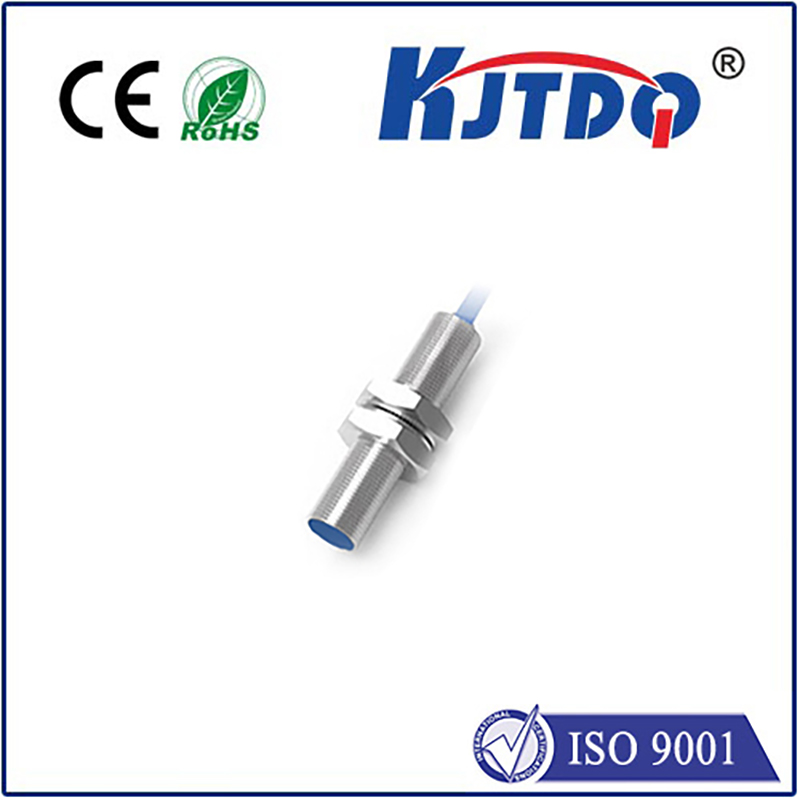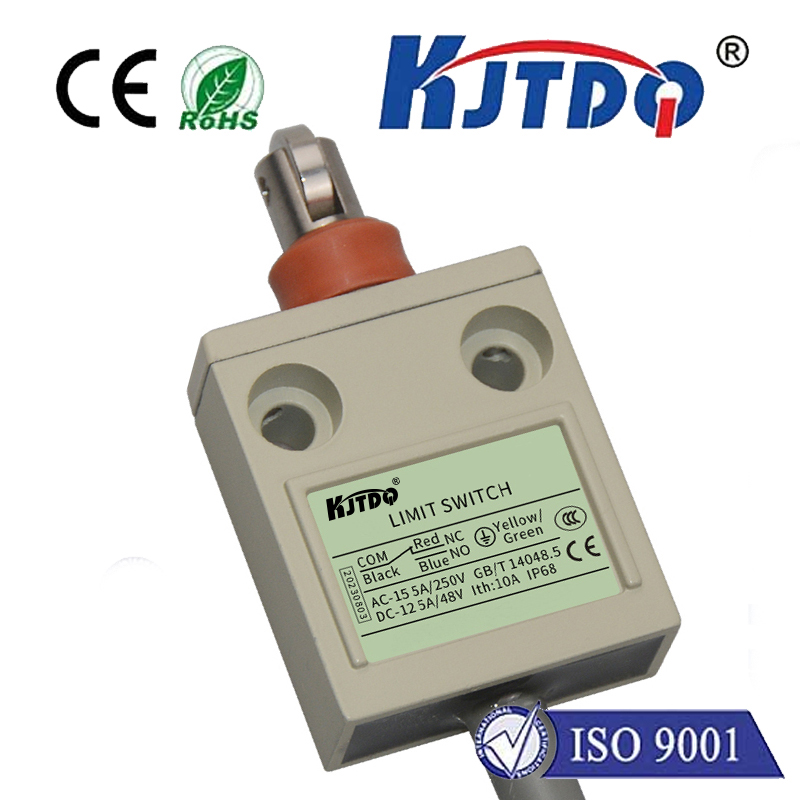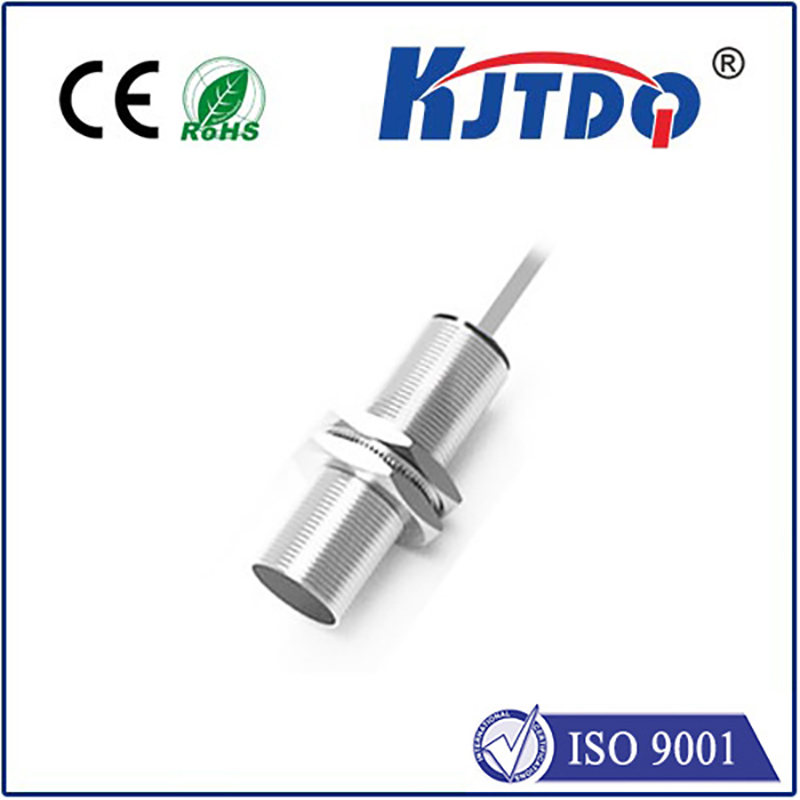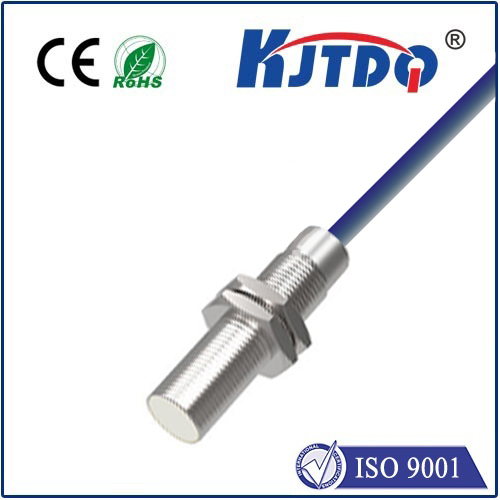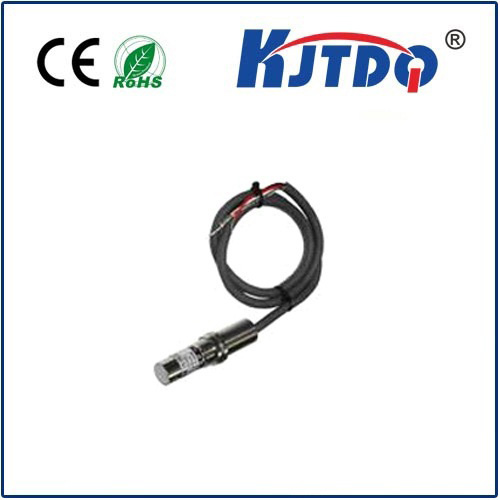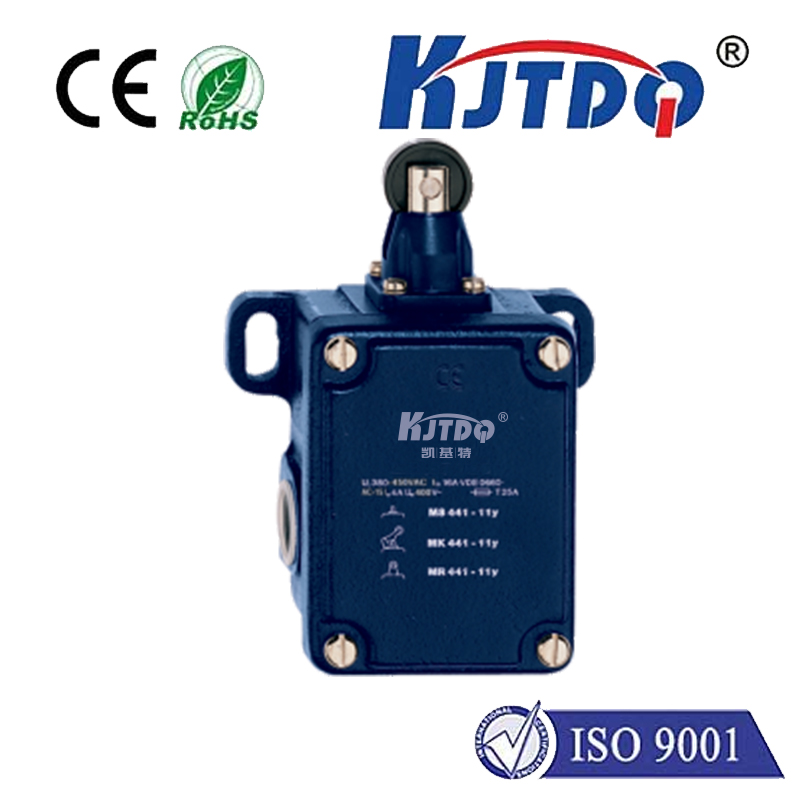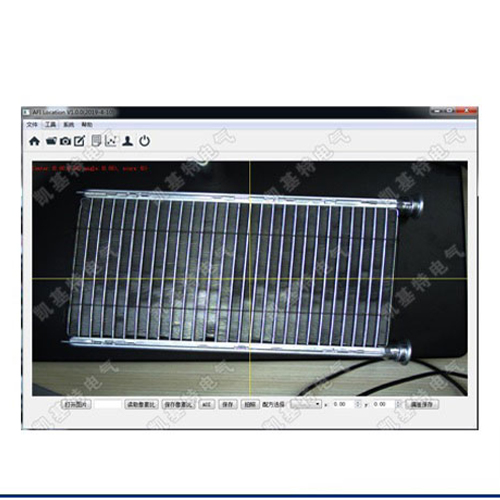120v limit switch
- time:2025-07-31 04:22:19
- Click:0
The Essential Guide to 120V Limit Switches: Selection & Safety for Industrial Control
Ever struggled with machine downtime caused by a stalled actuator or misaligned conveyor? Often, the unsung hero preventing catastrophic damage – or ensuring precise positioning – is a reliable 120V limit switch. These fundamental components form the critical eyes and ears of countless industrial automation systems, acting as the definitive signal that a moving part has reached its designated endpoint or triggered a safety sequence. Understanding their operation, selection criteria, and safe implementation at 120V is paramount for engineers, technicians, and maintenance professionals.
Decoding the “120V Limit Switch”
At its core, a limit switch is a compact electromechanical device designed to detect the presence or absence of an object, or to monitor its position or travel limits. It achieves this through a physical actuator (lever, roller, plunger, etc.) that, when moved by the target object, changes the internal electrical contacts. The “120V” designation specifies the operating voltage at which the switch is rated to control the load connected to its output contacts. This voltage level is ubiquitous in North American industrial control panels and machinery derived from standard single-phase power.
Why 120V? Understanding the Application Context

120VAC control circuits are incredibly common due to their direct derivation from readily available utility power (via step-down transformers or dedicated circuits) and compatibility with a vast range of industrial control components like relays, solenoid valves, contactor coils, and PLC input modules. Using a 120V limit switch allows for direct interfacing with these standard control components without requiring additional voltage conversion or signal conditioning circuitry. Their primary roles include:
- Position Sensing: Precisely determining when a moving part (cylinder rod, door, conveyor belt stop, elevator car) has reached a specific physical limit. “Limit reached – stop motion now!”
- End-of-Travel Detection: Safeguarding mechanical systems by signaling when a mechanism has fully extended or retracted, preventing over-travel that could damage motors, gears, or linkages.
- Object Detection: Confirming the presence or absence of parts on an assembly line, workpieces in a fixture, or pallets on a conveyor.
- Safety Interlocking: Acting as a crucial element in safety circuits, ensuring guards are closed, access doors are secured, or personnel are clear before potentially hazardous machine functions can initiate.
- Sequencing Control: Providing input to Programmable Logic Controllers (PLCs) or other controllers to sequence automated operations based on physical positions.
Key Specifications When Selecting a 120V Limit Switch
Choosing the right switch goes beyond just the voltage rating. Several critical factors influence performance and longevity:
- Contact Configuration (NO/NC): Does your circuit need a switch that closes when actuated (Normally Open - NO) or one that opens when actuated (Normally Closed - NC)? Safety circuits often favor NC contacts for fail-safe operation. Many switches offer combinations (SPDT, DPDT).
- Current Rating: This defines the maximum current the switch contacts can safely handle when switching the 120VAC load (crucial!). This rating must exceed the inrush current of inductive loads (like solenoid coils) and the steady-state current of the connected device. Undersizing here leads to rapid contact failure.
- Actuator Type: This determines how the switch is triggered. Common types include:
- Roller Lever: For consistent direction engagement (e.g., cam-operated machines).
- Flexible Rod (Wobble Stick): For detection from multiple angles or positions.
- Plunger: For direct, straight-line actuation.
- Rotary: Adjustable for specific angle engagement.
- Fork Lever: Often used in safety interlocks for door detection.
- Enclosure Rating (IP/NEMA): The switch must withstand the environmental conditions. Look for IP67 (dust-tight and protected against water immersion) or specific NEMA ratings (e.g., NEMA 1, 4, 4X, 12, 13) suitable for washdown areas, outdoor use, or environments with dust, oil, and coolants.
- Mechanical Life: The number of operating cycles (actuations) the switch mechanism can endure without electrical load. Typically very high (millions).
- Electrical Life: The number of cycles the contacts can reliably switch at the rated current and voltage. Significantly lower than mechanical life and highly dependent on the load type (inductive loads are tougher on contacts).
- Repeat Accuracy: How consistently the switch trips at the exact same physical position every time. Critical for precision applications.
- Pre-Travel & Overtravel: Mechanical characteristics defining how far the actuator moves before the contacts change state (pre-travel) and how far it can safely move beyond that point (overtravel) without damage.
Installation and Safety Best Practices
Implementing 120V limit switches safely and effectively requires attention to detail:
- Secure Mounting: Mount the switch rigidly to prevent vibration or movement from altering its set position. Use appropriate brackets and hardware.
- Precise Positioning: Accurate positioning of the switch and its actuator target is paramount for reliable operation. Calibrate carefully during installation.
- Protect Wiring: Route wiring neatly within conduit, cable carriers, or protected raceways to prevent damage from abrasion, impact, or chemicals. Ensure strain relief is used at the switch connection point.
- Respect Electrical Ratings: Never exceed the switch’s rated voltage or current. Pay special attention to the type of load (resistive, inductive, motor loads). Use appropriately sized fuses or circuit breakers. Lock-Out/Tag-Out (LOTO) procedures are mandatory before working on any 120V circuits.
- Environmental Protection: Verify the chosen enclosure rating (IP/NEMA) meets or exceeds the actual environmental exposure – moisture, dust, chemicals, temperature extremes. Sealing conduit entries is critical.
- Regular Inspection & Maintenance: Include switches in preventative maintenance schedules. Check for physical damage, loose mounting, corrosion, smooth actuator movement, and signs of overheating. Test electrical function periodically.
Beyond Basic Switches: The Role in Modern Systems
While traditional electromechanical limit switches remain robust and cost-effective solutions, modern control systems often integrate them with higher-level devices. The 120V output of a limit switch commonly serves as an input signal to:
- Programmable Logic Controllers (PLCs): Providing physical position feedback for complex automation sequences.
- Relays & Contactors: Directly controlling higher-power motors or other devices based on the switch signal.
- Safety Relays/PLCs: Forming part of certified safety circuits for emergency stops, guard locking, or zone monitoring.
Selecting the right 120V limit switch, understanding its specifications, and installing it correctly are fundamental skills for ensuring the reliable, safe, and efficient operation of machinery. While seemingly simple components, their role in establishing critical position references, preventing mechanical overload, and safeguarding personnel is indispensable within the industrial 120V control landscape.






